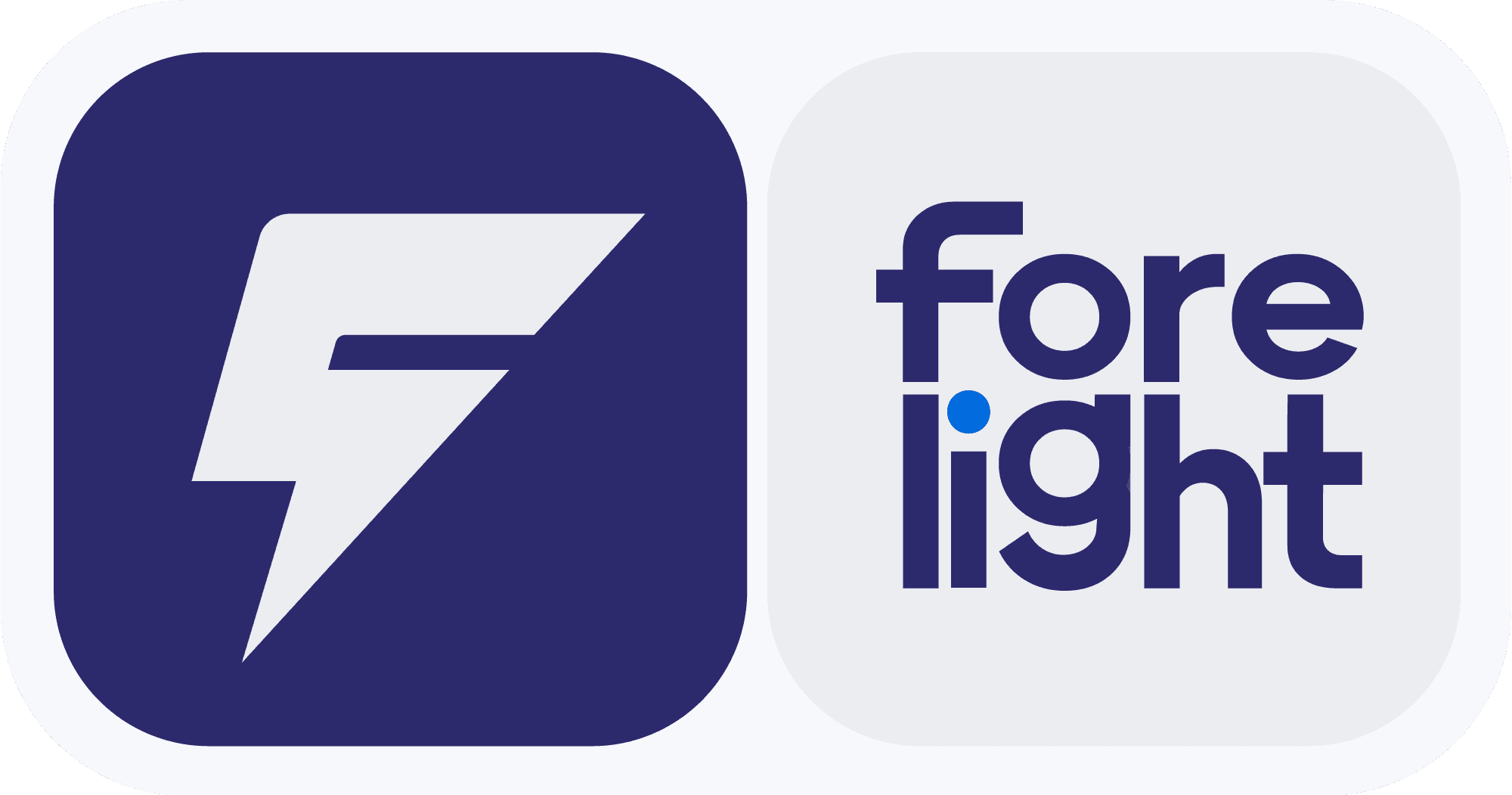Consumer Trends: How to Predict and Adapt to Changing Preferences
Jul 31, 2024
In the dynamic world of consumer behavior, understanding and anticipating shifts in preferences is crucial for businesses looking to maintain relevance and foster growth. As markets evolve and new technologies emerge, companies must be agile, adapting their strategies to meet the changing tastes and expectations of their target audiences. This article explores key strategies for predicting and adapting to consumer trends, ensuring that businesses stay ahead of the curve.
1. Leveraging Data Analytics and AI
The digital age has brought an abundance of data, providing invaluable insights into consumer behavior. Advanced data analytics and artificial intelligence (AI) tools enable companies to analyze large datasets, identifying patterns and trends that might otherwise go unnoticed. By monitoring social media, online reviews, and purchase histories, businesses can gain a deep understanding of what drives consumer choices.
AI-driven predictive analytics can forecast future trends by analyzing past behaviors and external factors, such as economic shifts or seasonal changes. For example, retailers can use these tools to predict which products will be in demand during holiday seasons or economic downturns, allowing them to adjust inventory levels and marketing strategies accordingly. Additionally, AI can segment customers into various personas, enabling personalized marketing strategies that cater to specific preferences, thereby enhancing customer satisfaction and loyalty.
2. Understanding the Impact of Social and Cultural Shifts
Consumer preferences are often influenced by broader social and cultural trends. Factors such as changing demographics, growing environmental awareness, and evolving social norms can significantly impact what consumers value and prioritize. Businesses need to stay attuned to these shifts by conducting regular market research and staying informed about societal changes.
For instance, the rising demand for sustainable and ethically sourced products reflects a growing consumer consciousness about environmental and social issues. Companies that respond to this trend by offering eco-friendly products or transparent supply chain practices can attract a loyal customer base and differentiate themselves in the market. This trend is not limited to product offerings but extends to corporate social responsibility (CSR) initiatives, which can enhance brand reputation and consumer trust.
3. Staying Agile and Flexible
In an ever-changing market landscape, flexibility is key. Companies must be willing to pivot their strategies and offerings in response to new information and emerging trends. This requires a culture of innovation and a willingness to experiment with new ideas and products.
Agile methodologies, commonly used in software development, can be applied to product development and marketing strategies. By working in iterative cycles, businesses can quickly test and refine new concepts, responding rapidly to consumer feedback and market changes. This approach reduces the risk of large-scale failures and ensures that products and services remain aligned with consumer needs. Additionally, adopting a fail-fast mindset encourages experimentation and innovation, allowing companies to discover new opportunities and refine their offerings more effectively.
4. Engaging with Consumers Directly
Direct engagement with consumers provides valuable qualitative insights that complement quantitative data analysis. Businesses can use various channels, such as social media, surveys, and focus groups, to gather feedback and understand the motivations behind consumer choices.
By fostering open communication with customers, companies can build stronger relationships and gain insights into emerging trends. For example, engaging with customers on social media platforms allows businesses to gauge real-time reactions to new products or marketing campaigns, providing a quick assessment of what resonates with their audience. Moreover, personalized interactions through customer service and loyalty programs can yield deeper insights into individual preferences and enhance customer retention.
5. Utilizing Trend Forecasting Reports and Industry Analysis
Many organizations and research firms specialize in trend forecasting and industry analysis. These reports can provide businesses with a broader perspective on potential market shifts, helping them to anticipate changes in consumer preferences.
Investing in such resources, or collaborating with industry experts, can give companies a competitive edge. By staying informed about the latest innovations and shifts in the market, businesses can proactively adapt their strategies, rather than reacting defensively to changes after they occur. This proactive approach enables companies to identify and capitalize on emerging opportunities, ensuring sustained growth and market leadership.
6. Fostering a Culture of Continuous Learning
Finally, fostering a culture of continuous learning within the organization is crucial for staying ahead of consumer trends. This involves not only keeping up with market research and industry news but also investing in employee training and development. Encouraging curiosity and knowledge-sharing among employees can lead to new insights and innovative solutions.
Organizations can implement regular training programs, workshops, and seminars to keep their workforce updated with the latest industry trends and technologies. Promoting cross-functional collaboration and creating platforms for idea exchange can also stimulate innovation and ensure that the organization remains agile and responsive to market changes.
Conclusion
In a rapidly changing consumer landscape, the ability to predict and adapt to new trends is essential for business success. By leveraging data analytics, staying attuned to social and cultural shifts, maintaining agility, engaging directly with consumers, utilizing industry resources, and fostering continuous learning, companies can navigate the complexities of consumer preferences and remain competitive in the market. As consumer expectations continue to evolve, those businesses that are most responsive and adaptable will be best positioned to thrive.



